An Arthropod is an invertebrate with a segmented body and an exoskeleton. Researchers place all Arthropods in the taxonomic phylum Arthropoda. They range greatly in size and appearance.
Some of the different types of creatures in this group include spiders, shrimp, crabs, lobsters, scorpions, insects, centipedes, millipedes, and more. Read on to learn about the Arthropod.
Description of the Arthropod
These creatures come in an immense variety of different shapes, sizes, and colors. However, they do share a set of characteristics. As invertebrates, they lack a true skeleton. Instead, they have an exoskeleton. Their exoskeleton consists of segmented parts, and their limbs have distinct joints.
You can find these invertebrates in an amazing variety of sizes. Some measure less than an inch long, while others reach 13 ft. or more.
Interesting Facts About the Arthropod
Researchers estimate between 5 and 10 million species exist in this group. With such an immense variety, it is difficult to select just a few unique species to highlight. Learn more about what makes these species so interesting, below.
- Japanese Spider Crab – We have to tackle the largest species, because it’s a doozy! These crabs reach a diameter of up to 13 ft. across! People often catch this species as a food source, and many aquariums house them in saltwater tanks.
- American Lobster – Another crustacean, this species doesn’t grow longer than the Japanese spider crab, but it does grow heavier! This species is the heaviest crustacean, and the heaviest member of Arthropoda, at a size up to 44 lbs.
- Deathstalker – Moving onto land, we meet the deathstalker, a species of deadly scorpion. This creature has toxic venom. A very low amount of venom results in a lethal sting, giving this species its sinister name.
- Colombian Lesserblack Tarantula – This species of tarantula has an interesting coexistence with another creature. The spider protects the tiny Microhylid frog, and in return the frog eats ants that would otherwise damage the spider’s eggs.
Habitat of the Arthropod
The many different species in this group live in an immense number of different habitats. Some have terrestrial habits and live on land. Others live aquatic lives in freshwater, brackish water, or the ocean. A few species also live in both aquatic and terrestrial habitats.
You can find these creatures in humid rainforests, dry deserts, coral reefs, deciduous forests, open fields dotted with flowers, the frigid arctic sea floor, and much more. They occupy virtually every habitat on earth.
Distribution of the Arthropod
You can find these animals essentially across the globe. A handful of small species even live in some regions of Antarctica. They have worldwide distribution, both on land and in the ocean. This makes them one of the most widely distributed group of creatures in the world.
Each species has its own unique distribution. Some species live across entire continents or oceans. Other species occupy just a tiny region or a single island.
Diet of the Arthropod
These animals possess a wide number of feeding behaviors. Some live primarily herbivorous lives, eating plants, fungi, algae, or similar organisms. Other species have carnivorous feeding habits and hunt for other small creatures. Many also have omnivorous diets and feed on both plant and animal matter.
Some species eat other Arthropods, some scavenge on decaying foods, some even capture small birds, mammals, fish, and similar prey.
Arthropod and Human Interaction
Humans interact with these creatures in an immense number of fashions. People eat a variety of species as a source of food, including a number of crustaceans, primarily crabs, lobster, and crayfish. People in some regions also eat large spider species, scorpions, grasshoppers, and others.
Some species also pose a danger to humans, primarily through venom. A number of spider species can pose a threat to humans, as well as several scorpion and centipede species.
Unfortunately, human activity also impacts a number of species. Habitat destruction likely wipes out more species than we will ever realize. Climate change and ocean acidification threaten a number of species as well.
Domestication
Humans have not domesticated these creatures in any way.
Does the Arthropod Make a Good Pet
Some people do keep these creatures as pets. One common group that people frequently keep is the tarantulas. Several tarantula species have calm or friendly natures and do well in human care. People also raise some centipede and millipede species, and keep some crustacean species in aquariums.
Arthropod Care
Care for these creatures varies drastically depending on the animal. Some groups live on land and others in water, the care between any two might have drastically different parameters.
Zoos, aquariums, and pet owners tailor their care to the needs of the specific species at hand, including diet, temperature, humidity, salinity, pH, substrate, and more.
Behavior of the Arthropod
These animals exhibit an immense number of different behaviors. Some live solitary lives and do not interact with other members of their species. Others congregate in large numbers for reproduction or to collect a common food source. Some species live in groups, and some live in complex social colonies with specific hierarchies and duties between individuals.
Reproduction of the Arthropod
The vast majority of species reproduce using sexual reproduction, though some aquatic species fertilize their eggs externally. In some species, the courtship behaviors have complex moves and steps. The majority of species lay eggs, and the number and incubation period of those eggs varies based on the species.
Beliefs, Superstitions, and Phobias About the Arthropod
A wide variety of different phobias and superstitions exist about these creatures. Many people have phobias of spiders or insects, and a wide variety of people fear these creatures. Crabs, shrimp, spiders, centipedes, and a number of different members of this group feature in religious and cultural symbolism.

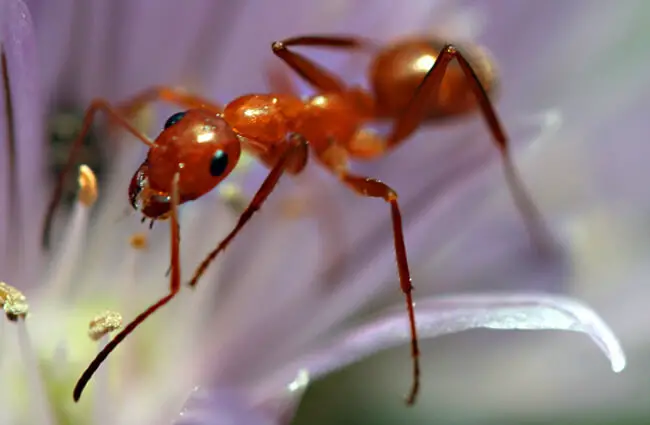


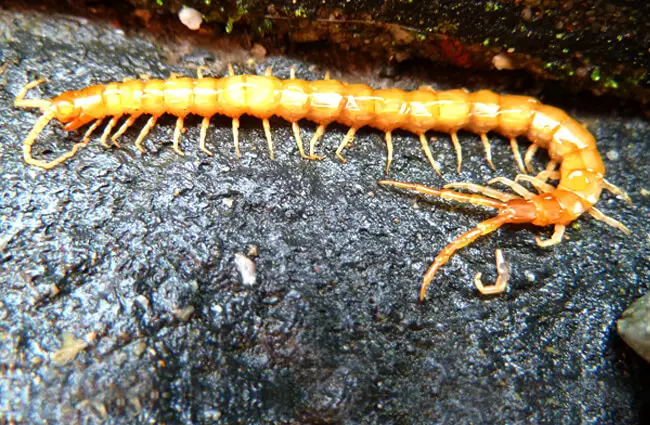

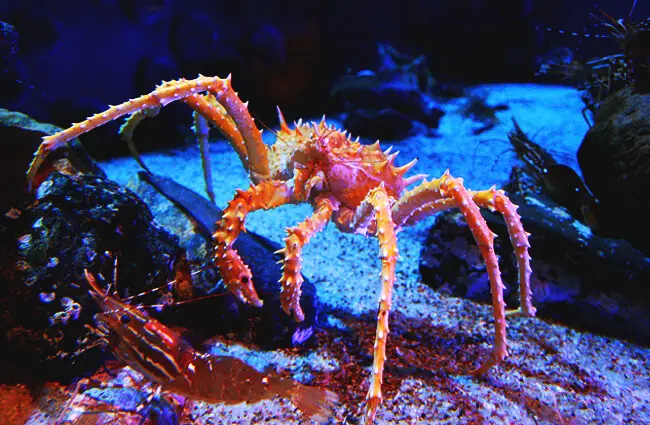


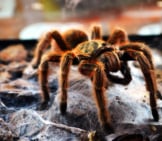
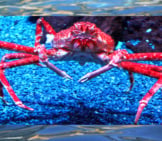
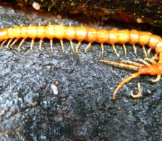

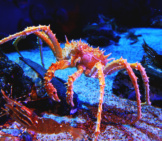
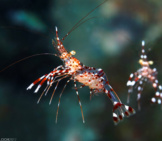
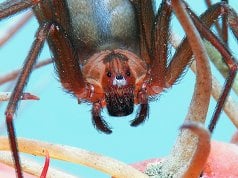
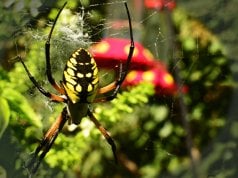











![Red Angus Closeup of a beautiful Red Angus cowPhoto by: U.S. Department of Agriculture [pubic domain]https://creativecommons.org/licenses/by/2.0/](https://animals.net/wp-content/uploads/2020/03/Red-Angus-4-100x75.jpg)

